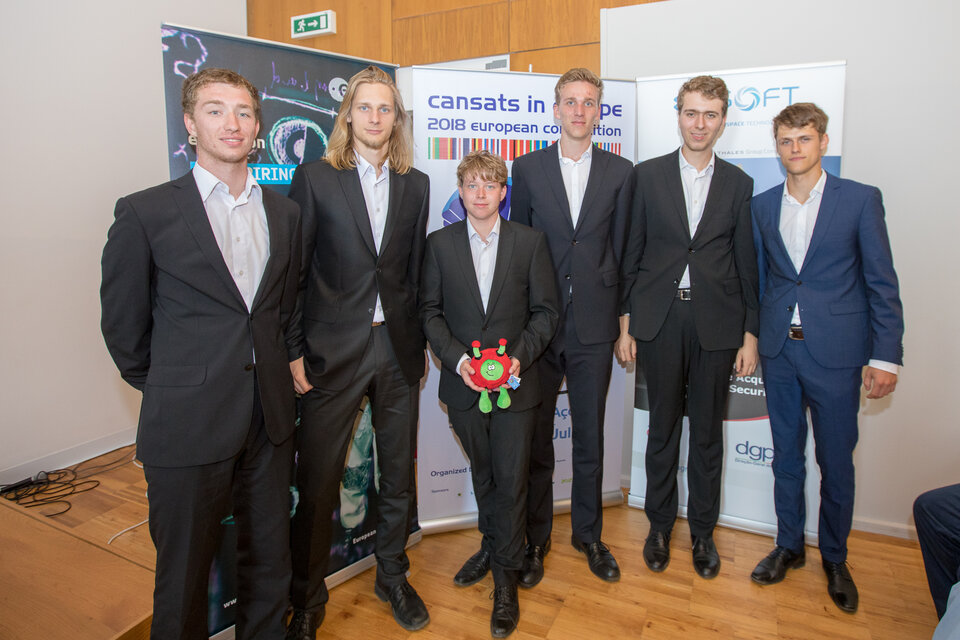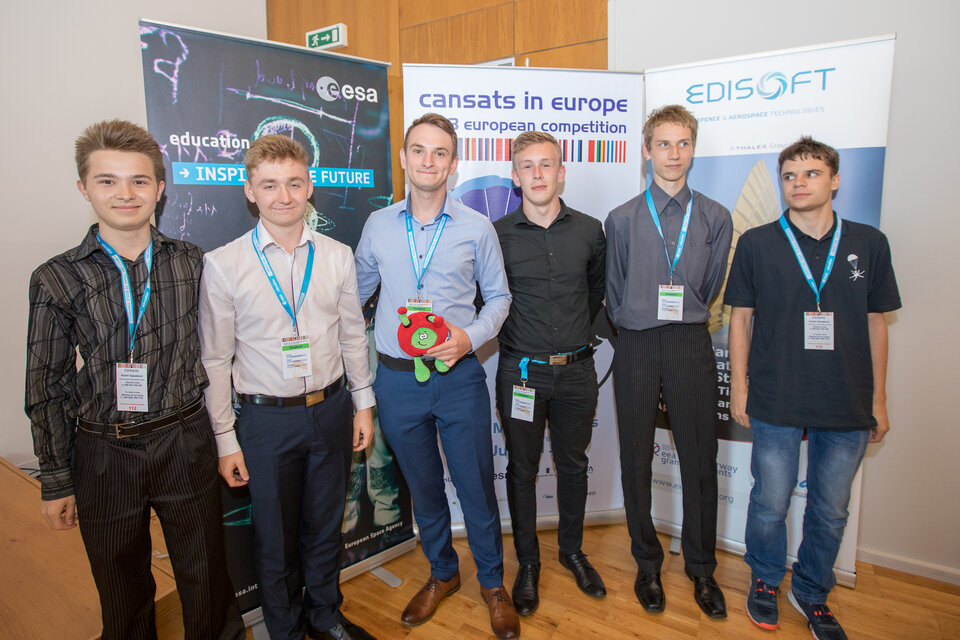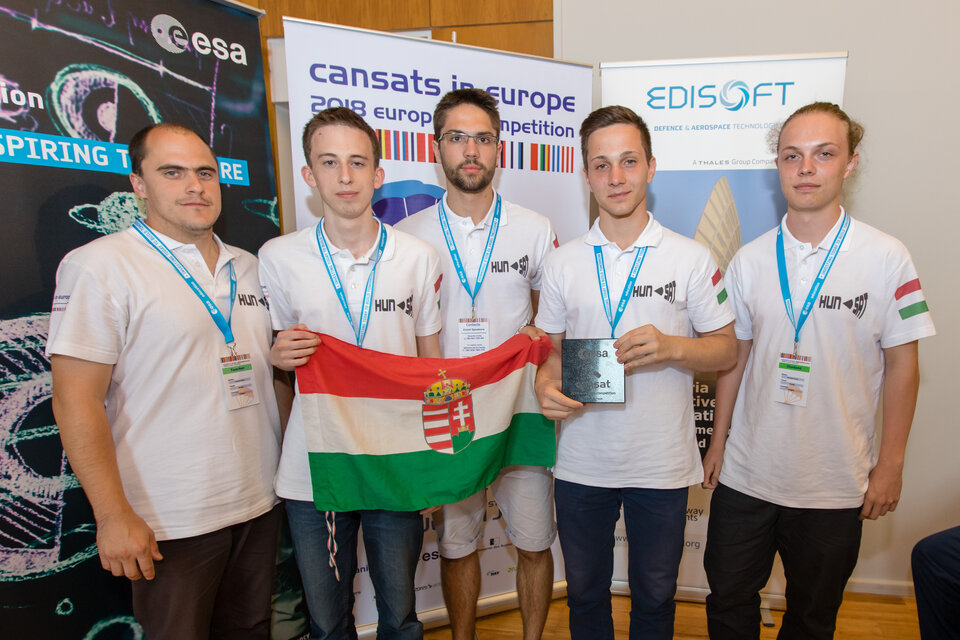Best CanSat final reports 2018 – Congratulations!
The ESA Education team is pleased to announce the top 3 final reports that were submitted by student teams, after they competed in the 2018 European CanSat Competition. Last year the final launch campaign was hosted by the Regional Fund for Science and Technology (FRCT) in Santa Maria, Azores, Portugal.
These final papers were judged by ESA, based on the quality of the presentation and the summary of the teams’ CanSat mission results, the quality of their data analysis, the understanding of the scientific and technical principles underlying their mission, and the overall quality of the work done before, during and after the 2018 launch campaign.
The standard of the 17 papers submitted was remarkable, demonstrating the wide variety of scientific and technical achievements attained during the 2018 European CanSat Competition.
The 3 papers that stood out are from the following student teams:
-
Hatalom from Gymnázium Opatov, Konstantinova (Czech Republic)
Simulation of finding life and conditions to support life on exoplanets -
Cansatieros from Zespół Szkół nr 2 im. Eugeniusza Kwiatkowskiego, Dębicy (Poland)
Exploring a planet with an autonomous rover and stabilising the CanSat landing -
HunSat from Piarista Gimnázium, Budapest (Hungary)
Analysing GSM spectra, and using a tele-command system to remotely control the CanSat
In the meantime, the 2019 European CanSat competition has already started, with ESA Member States running national competitions. The ESA Education team is already looking forward to the next European launch campaign to take place in June 2019.
Good luck to all the 2019 student teams and a final congratulations to the 2018 teams!
More about the best CanSat final reports of 2018

By sampling soil from Earth and assessing the conditions that make Earth habitable for humans, Hatalom were able to discuss the probability of Earth-like life existing on an exoplanet around the star Kepler 62. Their report was structured like a professional scientific research paper with a sophisticated written style.

Thanks to their innovative design for a stabilisation system, Cansatieros successfully landed their CanSat vertically, despite the strong winds on the Santa Maria Island! In their report, they showed a mature approach to self-evaluation: they analysed in detail not only the results they did obtain, but also the reasons why other components didn’t work in order to make improvements.

Finally, HunSat’s report presented extensive discussion about their advanced tele-command and telemetry system, as well as their interpretation of the data. They showed it was possible to build, calibrate and program a GSM (Global System for Mobile communication) spectrum analyser and they produced some fascinating coloured and 3D graphs.


